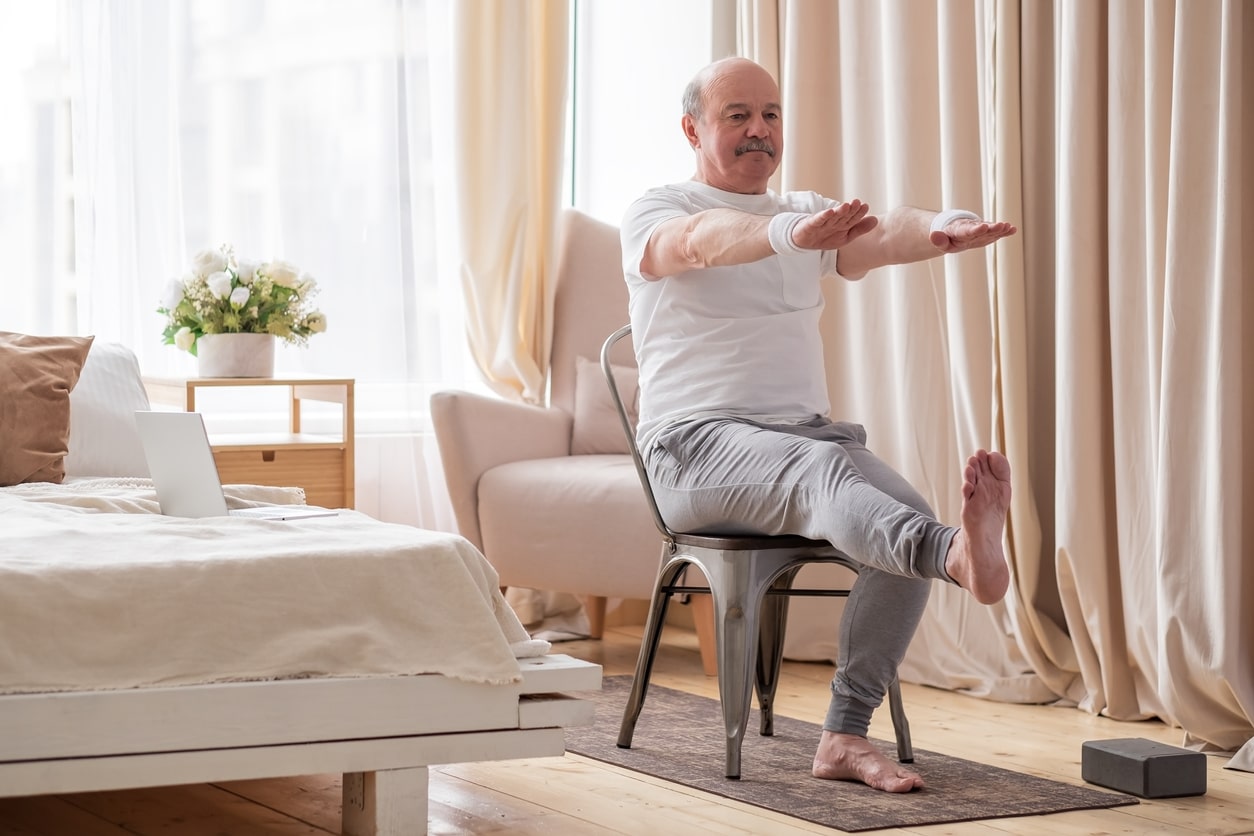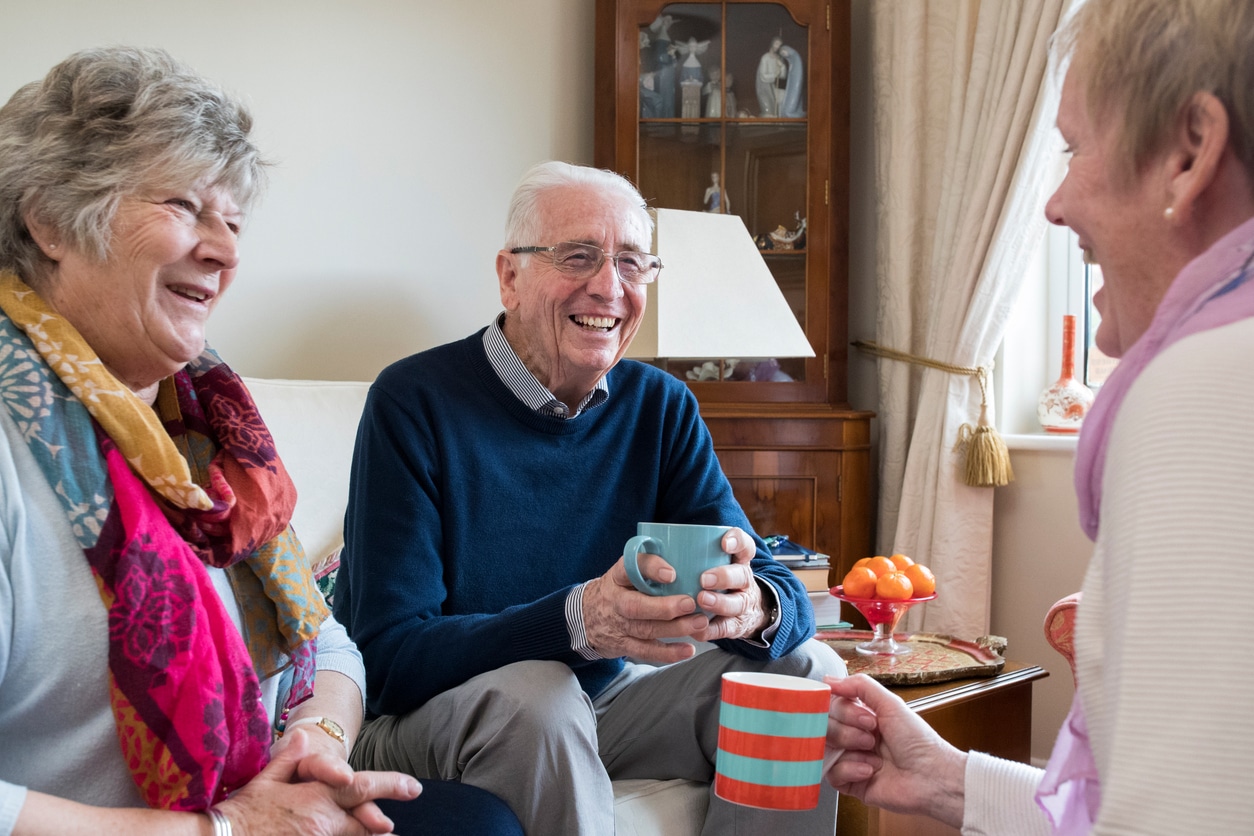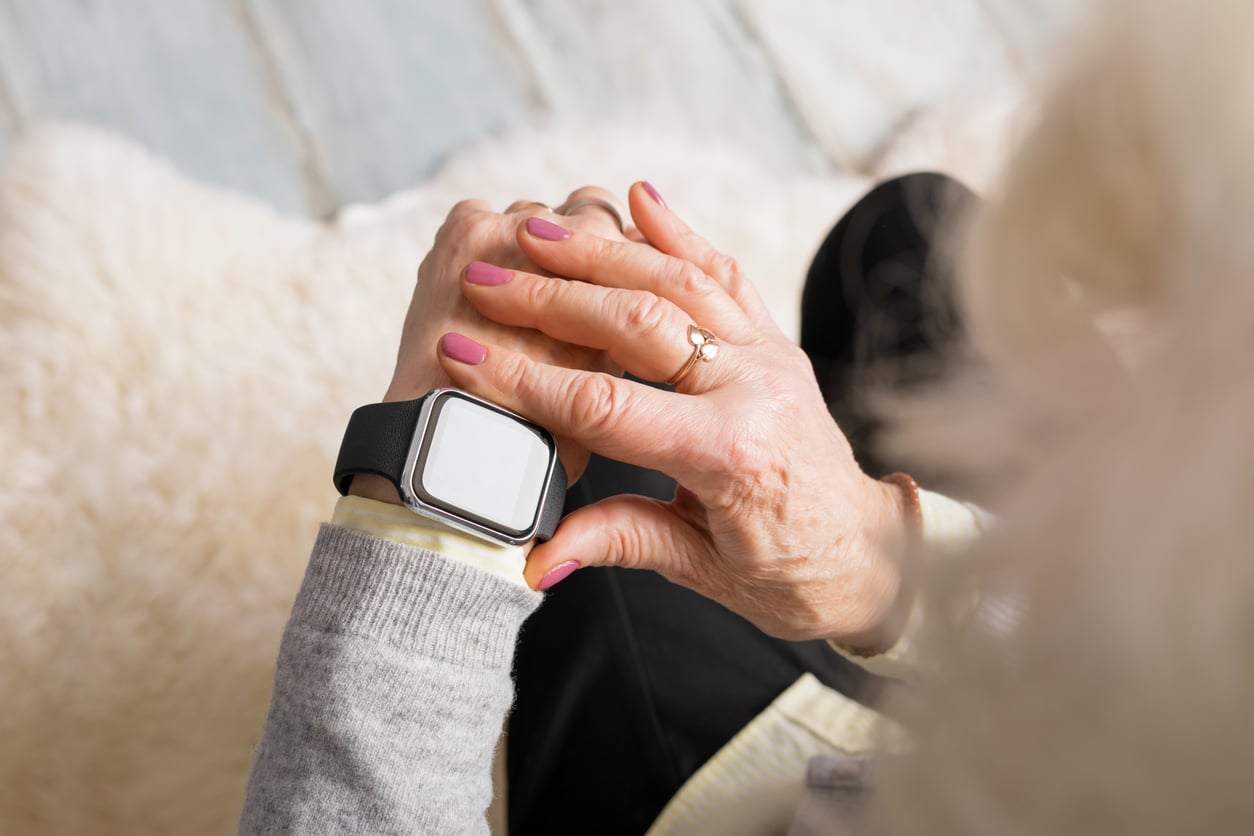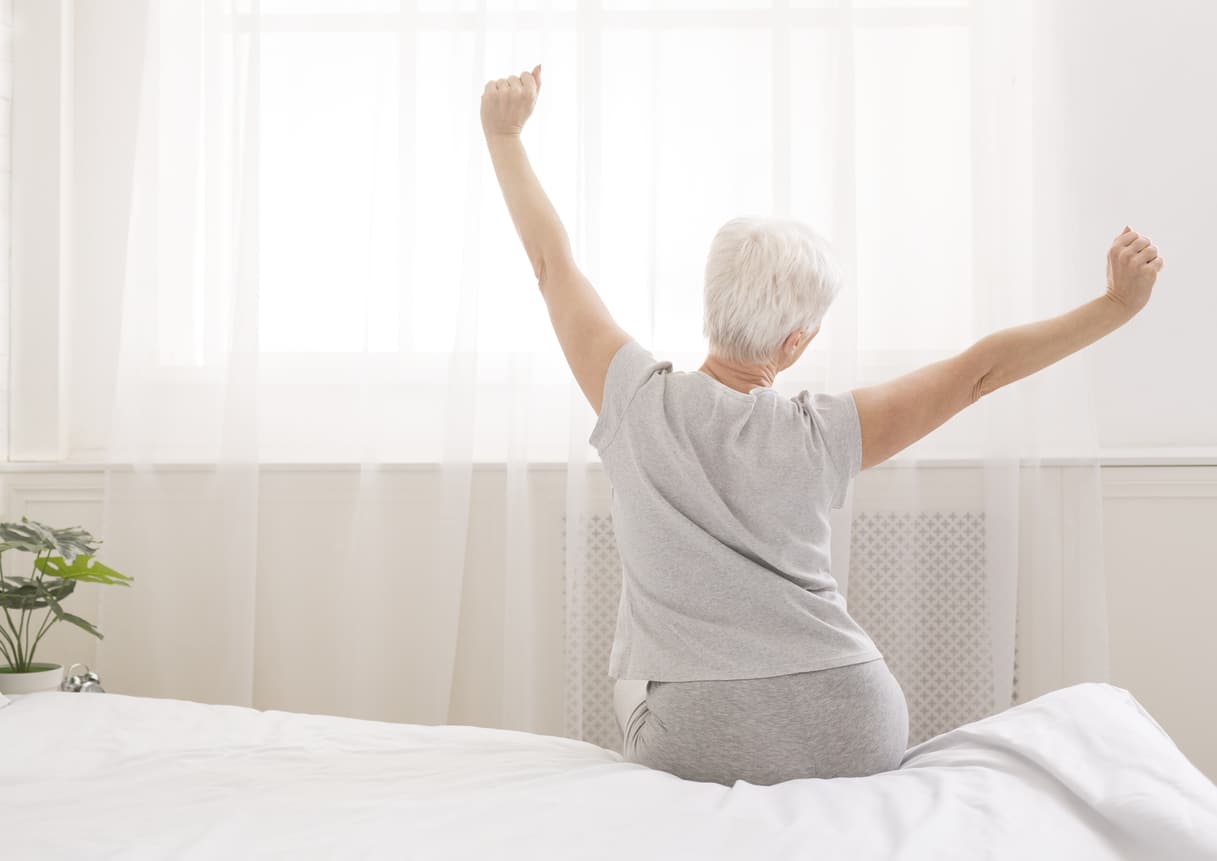As we age, the risk of falling increases, and unfortunately, even a minor fall can have serious consequences for seniors. Fragile bones and weakened muscles mean that recovery can be slow or, in some cases, life-altering. In fact, many seniors who experience falls often face challenges in regaining their independence. However, by focusing on fall prevention and building strength, we can help improve mobility, maintain balance, and enhance the quality of life for seniors.
Why Fall Prevention is Important
Most falls result from a combination of muscle weakness, poor balance, and reduced flexibility. The good news is that with regular exercises, these areas can be strengthened, helping reduce the likelihood of falling or minimizing the impact when falls do occur. Here are some simple yet effective exercises that can be done regularly to help prevent falls.
Sit to Stand
This exercise helps strengthen leg, hip, and core muscles, which are essential for maintaining balance.
- How to do it: Sit in a sturdy chair with arms. Slowly stand up, using the chair arms, a walker, or the help of another person if needed. Once standing, sit back down slowly.
- Reps: Aim for 10 repetitions, several times a day. If you tend to sit for long periods, try doing this every hour.
- Pro Tip: As you get stronger, try to stand up without using your hands for support, if safe to do so. You can practice while watching TV or chatting with friends.
Marching in Place
This is a great exercise to improve balance and strengthen hip and back muscles.
- How to do it: Stand behind a sturdy chair or near a counter. Place one hand on the support and march in place, lifting your knees as high as is comfortable. Start slowly and increase speed over time.
- Reps: Try marching for one to two minutes. Once you feel more stable, try doing it without holding on.
- Pro Tip: If you’re steady, extend your arms at waist level and try to tap your knees to your hands.
Leg Raises
Leg raises target multiple muscle groups, enhancing both strength and balance.
- How to do it: Stand near a counter or sturdy chair. Hold on for balance and lift one leg straight out in front of you. Then, try lifting it to the side, and finally, extend it backward to engage your glutes.
- Reps: Aim for 10 reps in each direction per leg. Do what feels comfortable and adjust as necessary.
- Pro Tip: Keep your posture upright and avoid leaning too far in any direction.
Heel and Toe Raises
Your feet play a crucial role in maintaining balance, yet they’re often overlooked in exercise routines.
- How to do it: While standing or seated, lift your heels off the ground, balancing on your toes. Then, lower your heels and lift your toes to stretch the muscles in your feet and ankles.
- Reps: Perform 10-15 reps, alternating between toe raises and heel raises.
- Pro Tip: This is also a great exercise to help relieve foot pain and increase flexibility in the ankles.
Gentle Yoga Stretches
Incorporating yoga can enhance flexibility, strengthen muscles, and improve balance.
- How to do it: Focus on gentle stretches that elongate your hamstrings, calves, and back muscles. Simple stretches can go a long way in maintaining mobility.
- Pro Tip: If you’re new to yoga, start with seated or supported poses. Yoga videos designed for seniors can provide helpful guidance.
Staying Active and Safe
Incorporating these exercises into a regular routine can greatly improve strength, balance, and mobility, reducing the risk of falls. These activities can be done alone, with friends, or in a group setting, making them a flexible and enjoyable part of daily life.
For added peace of mind, consider using a medical alert system. In the event of a fall, these devices provide immediate access to assistance, ensuring that help is available when it’s needed most. Systems with automatic fall detection can place a call automatically even if you can’t press the button.
By staying active and proactive, seniors can maintain their independence and continue to enjoy a safe, fulfilling life. Taking small steps toward prevention today can make a big difference in the future.




